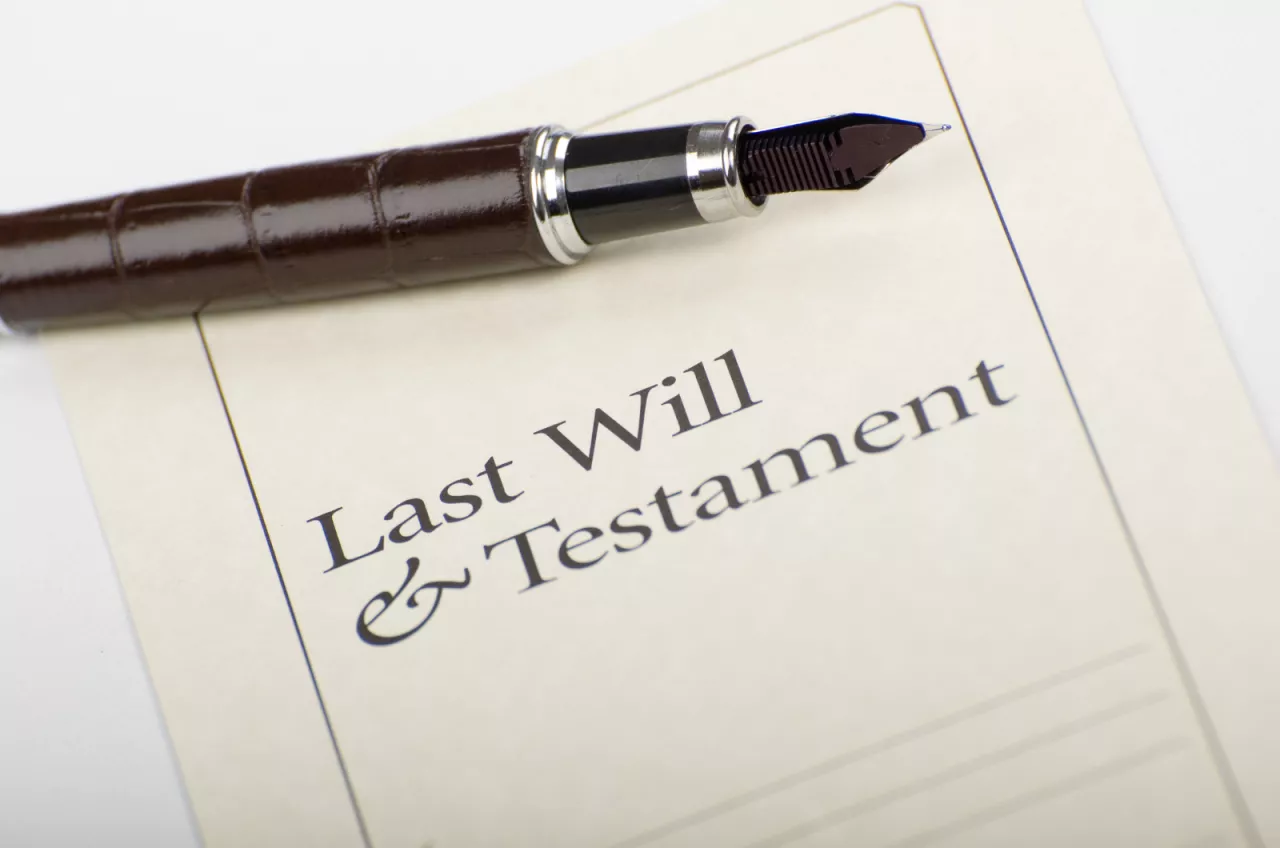Probating a will is an important legal process that confirms a decedent’s final wishes and ensures their estate is handled properly. This court-supervised procedure verifies the will’s authenticity, identifies beneficiaries, and determines who will serve as executor or administrator. It also coordinates the management of assets, oversees creditor claims, and ensures property is distributed according to the will or, when needed, intestate laws.
Because probate varies widely by state law, understanding how the process works can help families avoid confusion and ensure that the deceased person’s legacy is honored accurately and efficiently.
What Is Probate of Will and Its Role in Estate Administration
Probate of a will is the court’s process of reviewing and validating a person’s last will to make sure it reflects their true intentions. This ensures their estate administration proceeds lawfully. Once accepted, the probate court oversees how assets are managed, beneficiaries are identified, and obligations like taxes and creditor claims are resolved.
The probate court also helps prevent disputes or clarify disagreements between heirs, especially in situations involving shared assets or unclear instructions. When someone dies without a will, the same court steps in to apply intestate laws, ensuring a consistent path for asset distribution. Together, these procedures demonstrate the probate system’s balance of structure, fairness, and flexibility.
How a Valid Will Is Probated: Filing, Probate Court, and Legal Validation
A valid will goes through probate when it is formally filed with the probate court along with required documents such as the original will and supporting statements. This filing triggers a legal review to verify the document and confirm that it meets all requirements under state law. The court then examines the will’s instructions to ensure they correctly represent the testator’s wishes.
During this stage, anyone with objections—including potential heirs or creditors—may present concerns. This open, public process ensures transparency and upholds legal integrity. After validation, the will becomes the guiding document for estate management, allowing the executor to begin gathering documents, preparing inventories, and overseeing the flow of property.
Probate Process: From Application to Asset Distribution and Estate Taxes
The probate process begins when someone submits an application asking the court to authenticate the will. Once approved, the executor prepares an inventory of the deceased person’s assets, including real estate, personal belongings, financial accounts, and other valuables. This inventory helps the court understand the estate’s scope.
Before assets can be distributed, the executor must notify creditors and address outstanding claims. After valid debts are resolved, property and funds may be distributed according to the will or, if no will exists, based on intestate laws. Tax obligations—such as federal and state estate taxes—must also be handled carefully to avoid legal complications. When disputes arise, the court may schedule hearings to resolve issues and ensure an equitable outcome.
To help visualize the overall probate flow, here’s a simple breakdown:
Key Steps in the Probate Process
|
Probate Step |
Description |
Who Is Responsible |
|
File the will & petition |
Submit will and start probate |
Executor / Administrator |
|
Inventory assets |
List property, accounts, valuables |
Executor |
|
Notify creditors |
Inform and address creditor claims |
Executor |
|
Pay debts & taxes |
Resolve debts, file estate tax forms |
Executor |
|
Distribute assets |
Transfer property to heirs/beneficiaries |
Executor |
|
Close the estate |
Final reports, court approval |
Probate court / Executor |
This structure keeps probate organized and ensures all duties are handled correctly.
Executor and Administrator Responsibilities: Duties, Filing Fees, and Letters of Testamentary
The executor named in the will plays a central role in probate, beginning with filing the will in court. If the deceased died intestate, the court appoints an administrator instead. These fiduciaries collect and manage assets, settle creditor claims, and ensure property is distributed according to legal requirements.
They may need to secure Letters of Testamentary or Letters of Administration, which authorize them to act on behalf of the estate. Executors also handle filing fees and may need to petition for special permissions, such as:
- Petition for Temporary Letters of Administration
- Petition for No Administration Necessary
In some cases, a probate bond is required to safeguard the estate from mismanagement. The Register of Wills often monitors compliance and ensures filings are handled properly. Overall, the executor or administrator must combine financial accuracy, legal oversight, and integrity to settle the estate efficiently.
Probate Procedures for Testated Versus Intestate Estates and Intestate Succession
Probate works differently depending on whether the deceased left a valid will. With a will (testate), probate follows the testator’s instructions, helping minimize disputes and streamline distribution. Without a will (intestate), the default intestate succession laws apply, determining who receives what property.
Intestate succession prioritizes:
- spouses,
- children,
- parents,
- and then more distant family if needed.
Because there is no personal guidance in these cases, the probate court plays a more active role, managing oversight and reducing confusion. Understanding these differences helps heirs anticipate what may happen and prepares them for possible disputes or claims.
Legal Considerations: Probate Costs, Deadlines, and Uniform Probate Code Guidelines
Executors must follow legal deadlines to avoid penalties and maintain a smooth probate timeline. Probate costs vary by state and may include court fees, attorney fees, accounting expenses, and appraisal costs. The Uniform Probate Code offers standardized rules, but not all states adopt it fully, so local requirements still vary.
Executors must also address:
- inheritance tax obligations,
- funeral expense planning,
- and creditor claims that may impact the estate’s value.
Understanding these legal considerations ensures compliance and protects the estate from avoidable delays or losses.
Special Probate Methods: Simplified Probate, Muniment of Title, and Handling Joint Tenancy
Some estates qualify for simplified probate, a streamlined approach that saves time when the estate is small or uncomplicated. Another option—muniment of title—allows a will to act as a deed when there are no unpaid debts, avoiding full administration altogether.
Joint tenancy also simplifies matters: when property is owned jointly with rights of survivorship, ownership passes automatically to the surviving owner. This avoids probate entirely and provides a quicker transfer of property. These alternative methods help families manage estate matters more efficiently.
Estate Planning Strategies: Trusts, POD/TOD Designations, and Avoiding Probate Issues
Good estate planning can prevent complications and help assets transfer smoothly. Living trusts allow families to bypass probate by transferring assets directly to beneficiaries. POD (payable on death) and TOD (transfer on death) designations also provide simple, automatic transfers without court involvement.
These strategies reduce legal expenses, protect privacy, and help beneficiaries receive their inheritance without delays. Incorporating thoughtful estate planning tools ensures your legacy is handled clearly and efficiently.





